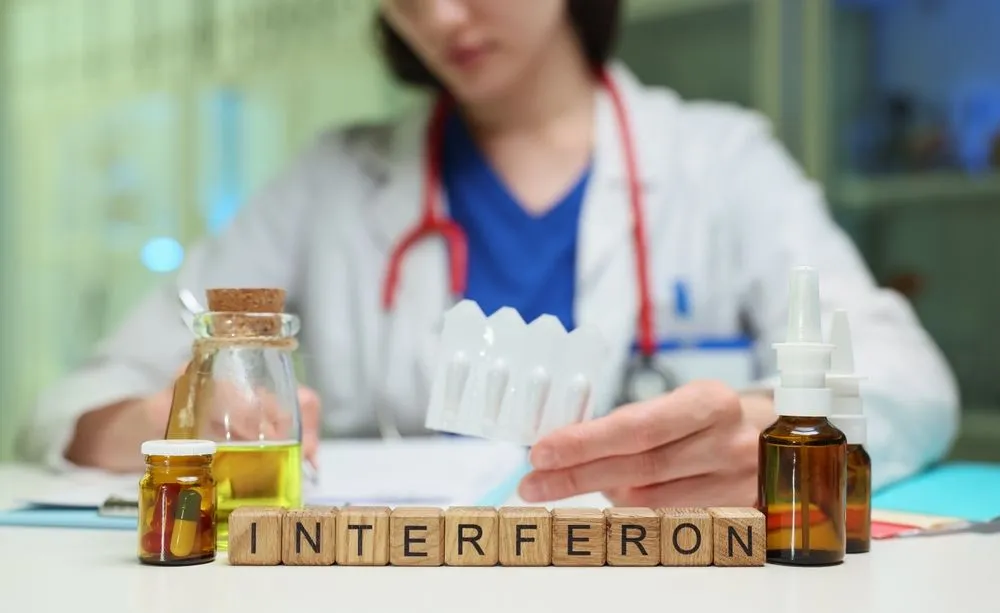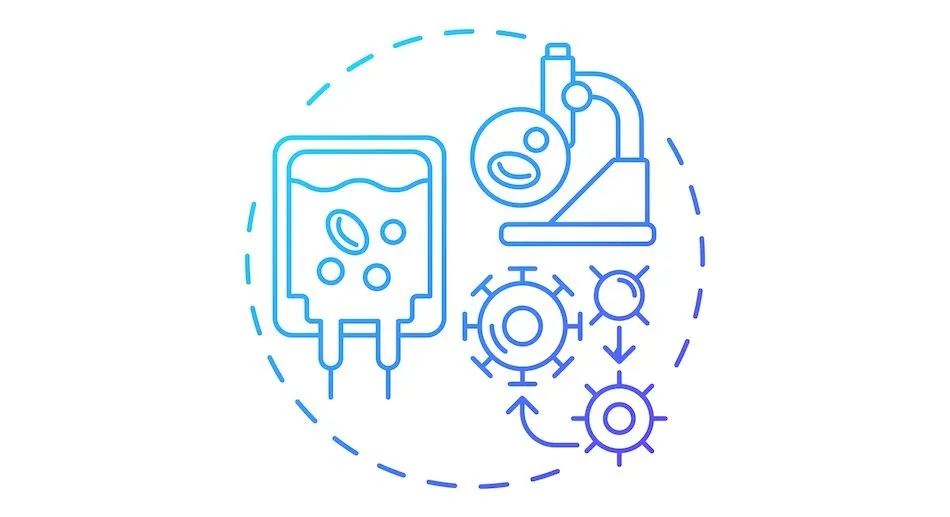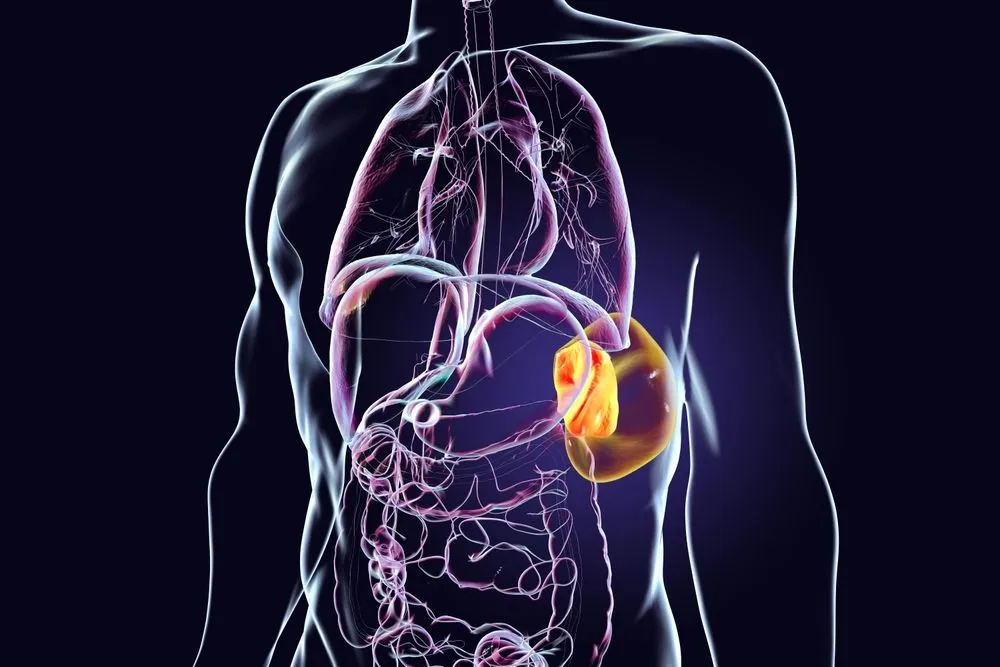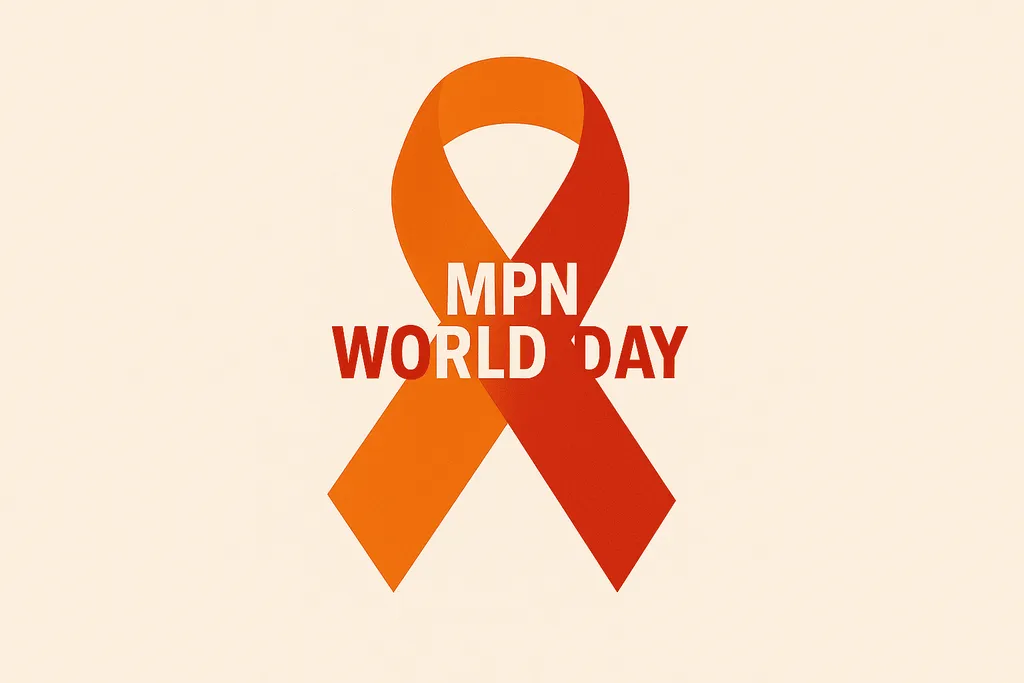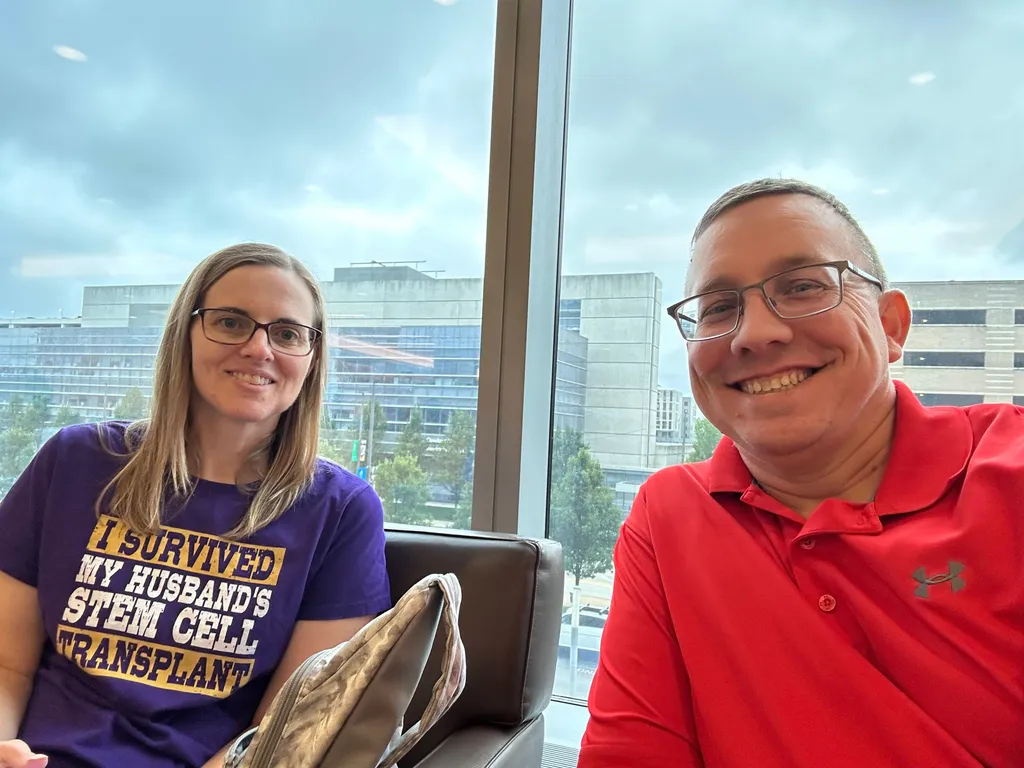Which Allogeneic Stem Cell Transplant Type is the Most Effective for Children with Myelofibrosis?
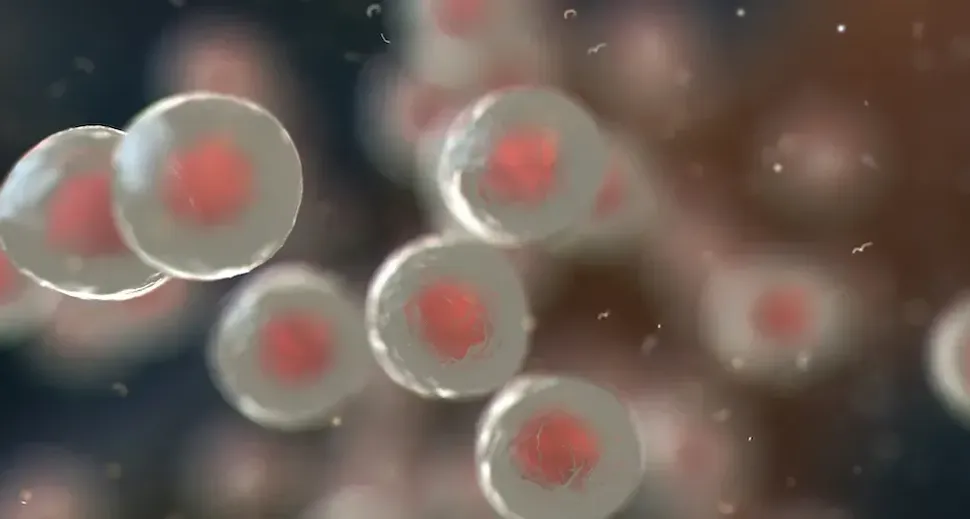
A recent study looked at the differences between treatment outcomes for 35 children with myelofibrosis based on the type of allogeneic stem cell transplant they received. This is important because there is very little research about pediatric myelofibrosis. In this article, we’ll explain the difference between the transplant types and the data the researchers found.
What is an Allogeneic Stem Cell Transplant?
An allogeneic stem cell transplant is a medical procedure in which stem cells (cells capable of forming all types of blood cells) are transferred from a healthy donor to a patient. The term "allogeneic" refers to the fact that the stem cells come from a donor who is genetically different from the recipient.
What are the Types of Allogeneic Stem Cell Transplants?
The types of allogeneic stem cell transplants (SCT) include:
- Bone marrow transplant (BM-SCT)
- Collects stem cells from a healthy donor’s bone marrow (typically the hip bones). These stem cells are then infused into the recipient's bloodstream, where they migrate to the bone marrow and begin producing new blood cells.
- Cord blood transplant (CB-SCT)
- Utilizes stem cells collected from the umbilical cord and placenta of a newborn baby shortly after birth. These stem cells are frozen and stored until a transplant is needed.
- Peripheral blood stem cell transplant (PB-SCT)
- Collects stem cells from the healthy donor’s bloodstream.
What is Graft-Versus-Host Disease?
Graft-versus-host disease (GVHD) is a common complication of allogeneic stem cell transplants. It occurs when the donor's immune cells recognize the recipient's tissues as foreign and attack them. GVHD can affect various organs and tissues in the body, leading to symptoms ranging from skin rashes and diarrhea to more severe complications such as liver or lung damage. To prevent GVHD, patients undergoing allogeneic stem cell transplants often receive immunosuppressive medications and undergo careful monitoring after the procedure.
Is Allogeneic Stem Cell Transplant Effective for Children with Myelofibrosis?
The children and adolescents included in this study were transplanted after a median time of 7.1 months since they were diagnosed, although, for some patients, it was years after.
For the patient group as a whole, at the check-in point of six years after undergoing the stem cell transplant:
- 15.9% of patients experienced a progression in their disease
- 66.1% of patients were still in remission
- 71.1% of patients were still alive
Bone Marrow Transplant Shows Better Outcomes than Peripheral Blood Stem Cell Transplant for Children with Myelofibrosis
The researchers noticed that the number of patients who were in remission and who continued to be alive was significantly higher after a bone marrow transplant compared to a peripheral blood stem cell transplant. At the check-in point of six years following the transplant, their data showed:
Results at Six Years Following a Bone Marrow Transplant
- 85.1% of patients were in remission
- 90.9% of patients were still alive
Results at Six Years Following a Peripheral Blood Stem Cell Transplant
- 50.8% of patients were in remission
- 54% of patients were still alive
In summary, stem cells sourced from the bone marrow appear to be the most effective type of allogeneic stem cell transplant for children with myelofibrosis, leading to the highest remission and survival rates.
Which Myelofibrosis Patient Group Had Less Graft-Versus-Host Disease?
For the whole study, 100 days after transplant, 39.4% of patients experienced some grade of acute graft-vs-host-disease (GVHD). For 16.7%, this GVHD chronified and was still present 6 years after transplant.
Acute or chronic GVHD incidence did not differ significantly between stem cell source (bone marrow or peripheral blood).
Join the HealthTree for Myelofibrosis Newsletter to Learn More!
We invite you to join the HealthTree for Myelofibrosis newsletter by clicking the button below to stay up to date on the latest advancements in myelofibrosis.
Join the HealthTree for Myelofibrosis Newsletter
Sources
A recent study looked at the differences between treatment outcomes for 35 children with myelofibrosis based on the type of allogeneic stem cell transplant they received. This is important because there is very little research about pediatric myelofibrosis. In this article, we’ll explain the difference between the transplant types and the data the researchers found.
What is an Allogeneic Stem Cell Transplant?
An allogeneic stem cell transplant is a medical procedure in which stem cells (cells capable of forming all types of blood cells) are transferred from a healthy donor to a patient. The term "allogeneic" refers to the fact that the stem cells come from a donor who is genetically different from the recipient.
What are the Types of Allogeneic Stem Cell Transplants?
The types of allogeneic stem cell transplants (SCT) include:
- Bone marrow transplant (BM-SCT)
- Collects stem cells from a healthy donor’s bone marrow (typically the hip bones). These stem cells are then infused into the recipient's bloodstream, where they migrate to the bone marrow and begin producing new blood cells.
- Cord blood transplant (CB-SCT)
- Utilizes stem cells collected from the umbilical cord and placenta of a newborn baby shortly after birth. These stem cells are frozen and stored until a transplant is needed.
- Peripheral blood stem cell transplant (PB-SCT)
- Collects stem cells from the healthy donor’s bloodstream.
What is Graft-Versus-Host Disease?
Graft-versus-host disease (GVHD) is a common complication of allogeneic stem cell transplants. It occurs when the donor's immune cells recognize the recipient's tissues as foreign and attack them. GVHD can affect various organs and tissues in the body, leading to symptoms ranging from skin rashes and diarrhea to more severe complications such as liver or lung damage. To prevent GVHD, patients undergoing allogeneic stem cell transplants often receive immunosuppressive medications and undergo careful monitoring after the procedure.
Is Allogeneic Stem Cell Transplant Effective for Children with Myelofibrosis?
The children and adolescents included in this study were transplanted after a median time of 7.1 months since they were diagnosed, although, for some patients, it was years after.
For the patient group as a whole, at the check-in point of six years after undergoing the stem cell transplant:
- 15.9% of patients experienced a progression in their disease
- 66.1% of patients were still in remission
- 71.1% of patients were still alive
Bone Marrow Transplant Shows Better Outcomes than Peripheral Blood Stem Cell Transplant for Children with Myelofibrosis
The researchers noticed that the number of patients who were in remission and who continued to be alive was significantly higher after a bone marrow transplant compared to a peripheral blood stem cell transplant. At the check-in point of six years following the transplant, their data showed:
Results at Six Years Following a Bone Marrow Transplant
- 85.1% of patients were in remission
- 90.9% of patients were still alive
Results at Six Years Following a Peripheral Blood Stem Cell Transplant
- 50.8% of patients were in remission
- 54% of patients were still alive
In summary, stem cells sourced from the bone marrow appear to be the most effective type of allogeneic stem cell transplant for children with myelofibrosis, leading to the highest remission and survival rates.
Which Myelofibrosis Patient Group Had Less Graft-Versus-Host Disease?
For the whole study, 100 days after transplant, 39.4% of patients experienced some grade of acute graft-vs-host-disease (GVHD). For 16.7%, this GVHD chronified and was still present 6 years after transplant.
Acute or chronic GVHD incidence did not differ significantly between stem cell source (bone marrow or peripheral blood).
Join the HealthTree for Myelofibrosis Newsletter to Learn More!
We invite you to join the HealthTree for Myelofibrosis newsletter by clicking the button below to stay up to date on the latest advancements in myelofibrosis.
Join the HealthTree for Myelofibrosis Newsletter
Sources

about the author
Megan Heaps
Megan joined HealthTree in 2022. She enjoys helping patients and their care partners understand the various aspects of the cancer. This understanding enables them to better advocate for themselves and improve their treatment outcomes.
More on Treatment Advances
Trending Articles
Get the Latest Myelofibrosis Updates, Delivered to You.
By subscribing to the HealthTree newsletter, you'll receive the latest research, treatment updates, and expert insights to help you navigate your health.
Together we care.
Together we cure.
3x Faster.




